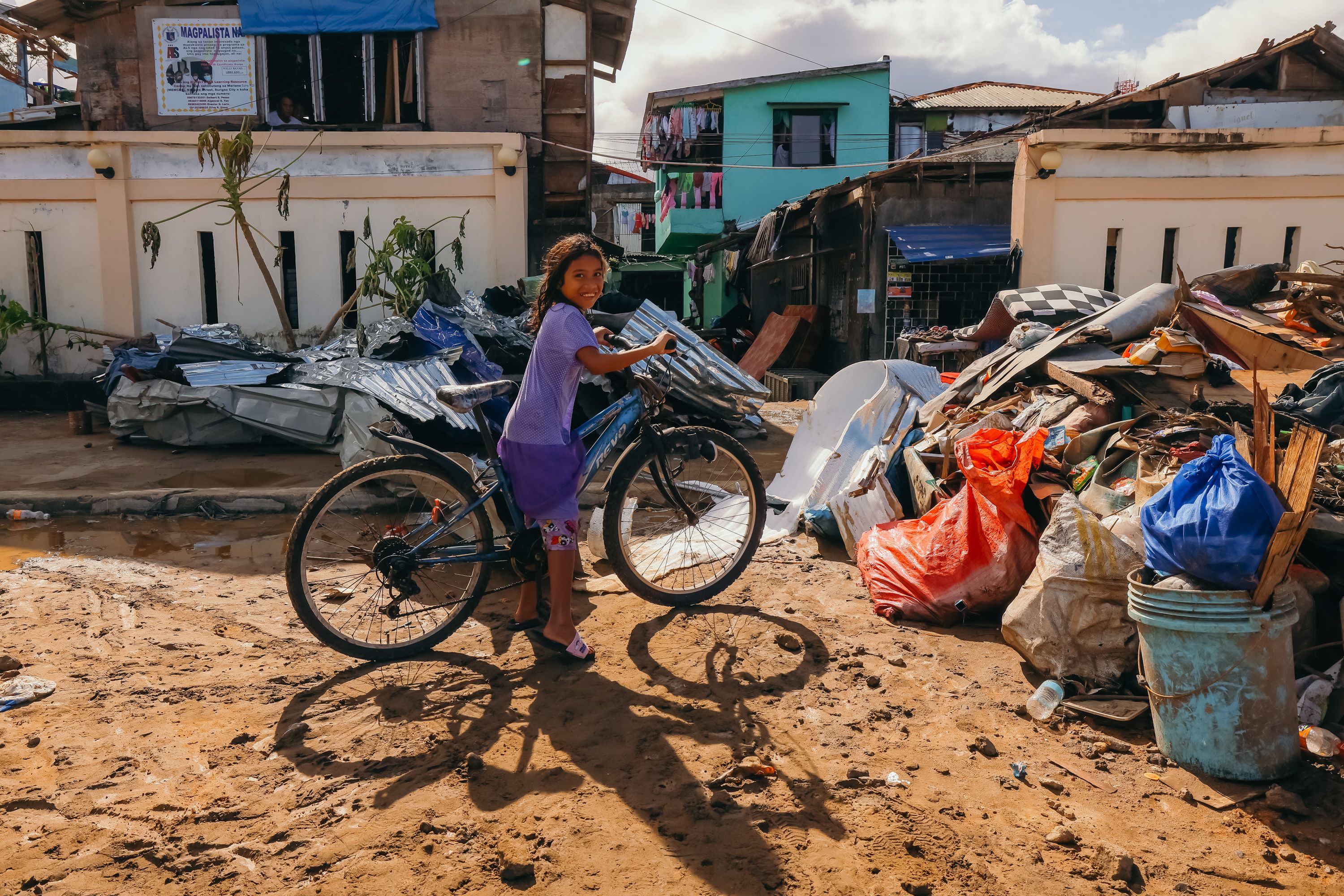In pictures:
Typhoon Rai's deadly path through the Philippines
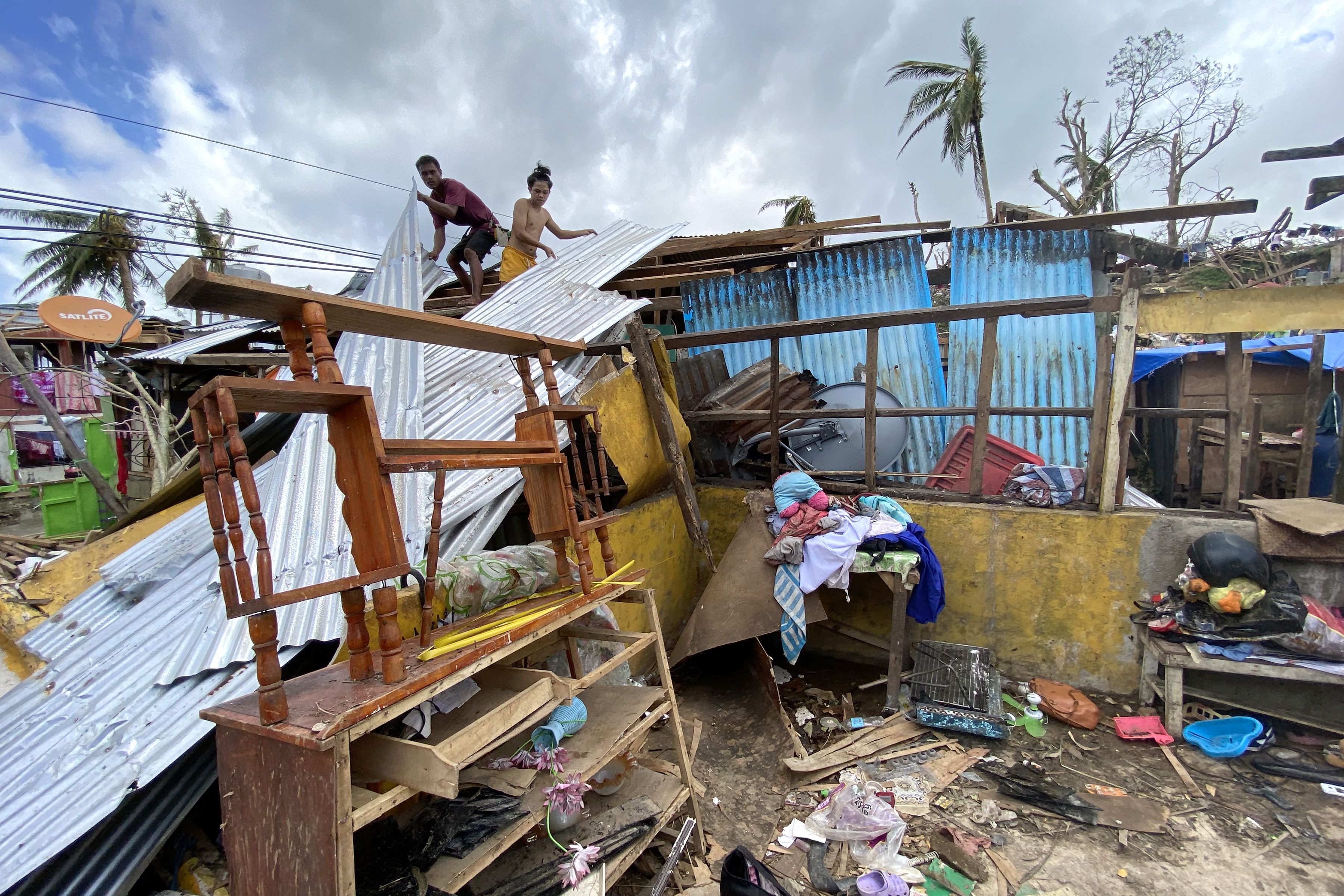
Retreating from where a natural disaster has struck might seem like the most instinctive and natural choice to make for most.
Survivors of Typhoon Rai, the strongest typhoon to hit the Philippines for the past year, are, however, choosing to stay put and rebuild their homes, for fear that relocation would cut off their source of income and affect their livelihoods. For many of them, leaving is simply not an option and humanitarian agencies are trying to make sure any form of off-site relocation is not forced upon residents.
“Forced relocations do not ensure that residents thrive, especially if they are relocated far away from their original source of income. Relocation should be voluntary and the provided areas should at least cater to residents’ needs and livelihoods,” said a spokesperson from Youth Advocates for Climate Action Philippines (YACAP), an alliance of Filipino youth groups and student councils involved in fighting against climate change.
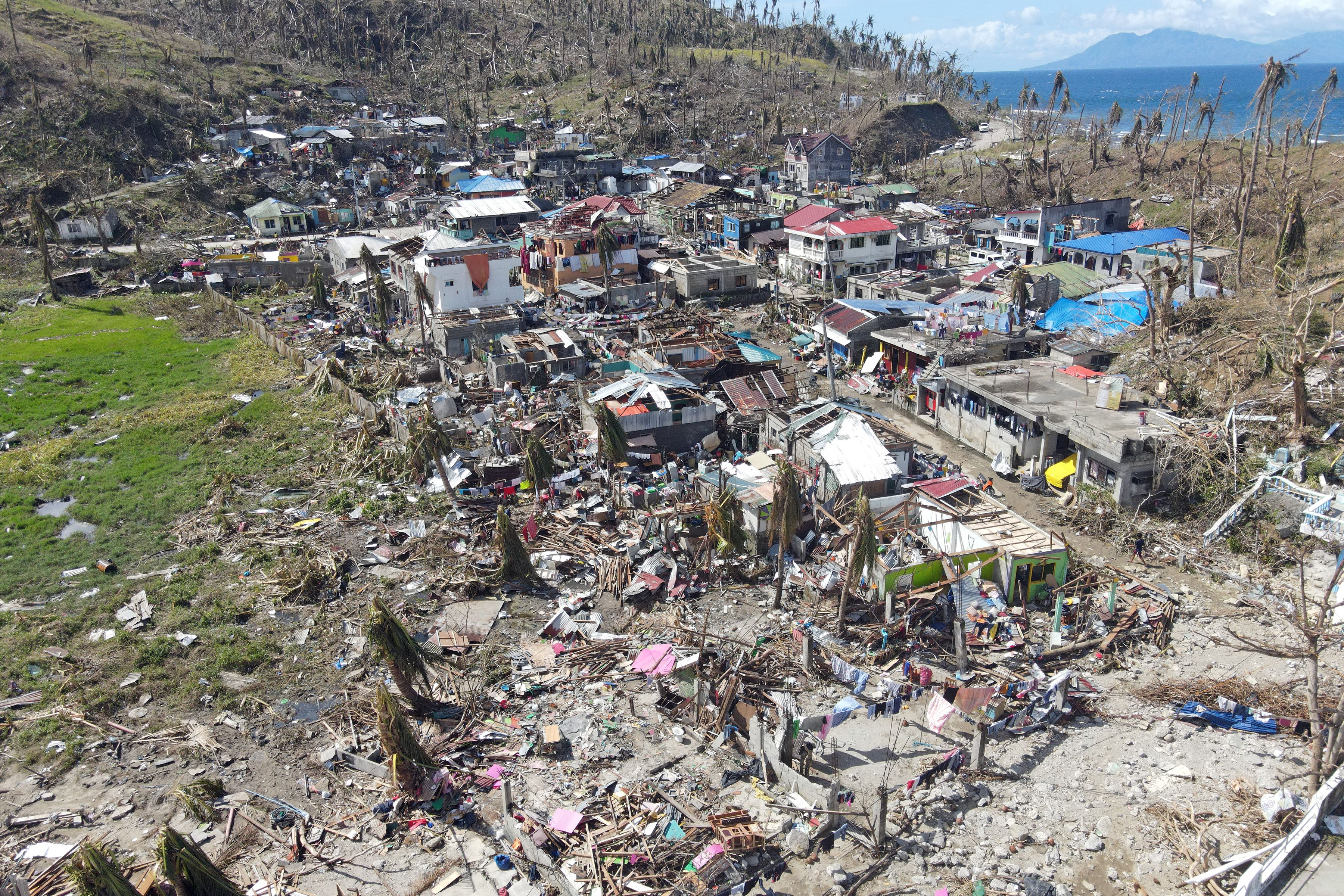
"Relocation should be voluntary and the provided areas should at least cater to residents’ needs and livelihoods." - spokesperson from YACA Philippines
The super typhoon, locally known as Odette, made landfall on Siargao Island, a popular tourist and surfing destination in the Caraga region of northeast Mindanao, more than three weeks ago. It had initially packed winds of up to 260 kilometres per hour – equivalent to a Category 5 storm – and ripped down homes and destroyed communities as it travelled further west.
As of 31 December, the death toll from the typhoon has crossed the 400 mark. Philippines’ president Rodrigo Duterte has declared a state of calamity in the affected areas, to free up funds for relief efforts and to give local officials the power to control prices.
An earlier report from the Philippines’ National Disaster Risk Reduction and Management Council puts the estimated partial cost of damage to infrastructure across all affected regions at 213.9 million pesos (US$4.2 million). Humanitarian agencies said that local governments face severe challenges as most had already spent their yearly budgets on responding to a prolonged coronavirus pandemic.
Rescue workers are finding it hard to access some areas. In Siargao, temporary reinforcements are being added to hold up the roofs of buildings. In nearby Surigao City, one of the worst-hit areas, survivors were seen pleading on the roads for food and water, surrounded by uprooted trees and electricity poles.
"The disaster brought up our collective trauma from previous typhoons such as Sendong and Yolanda, and reminded us that these extreme weather events are now a norm as the climate crisis worsens every year," said Greenpeace executive director Yeb Saño.
"These typhoons will get worse, more unpredictable, and more destructive should [our institutions] remain merely reactionary to the climate crisis."
Images: Albert Lozada/ Greenpeace
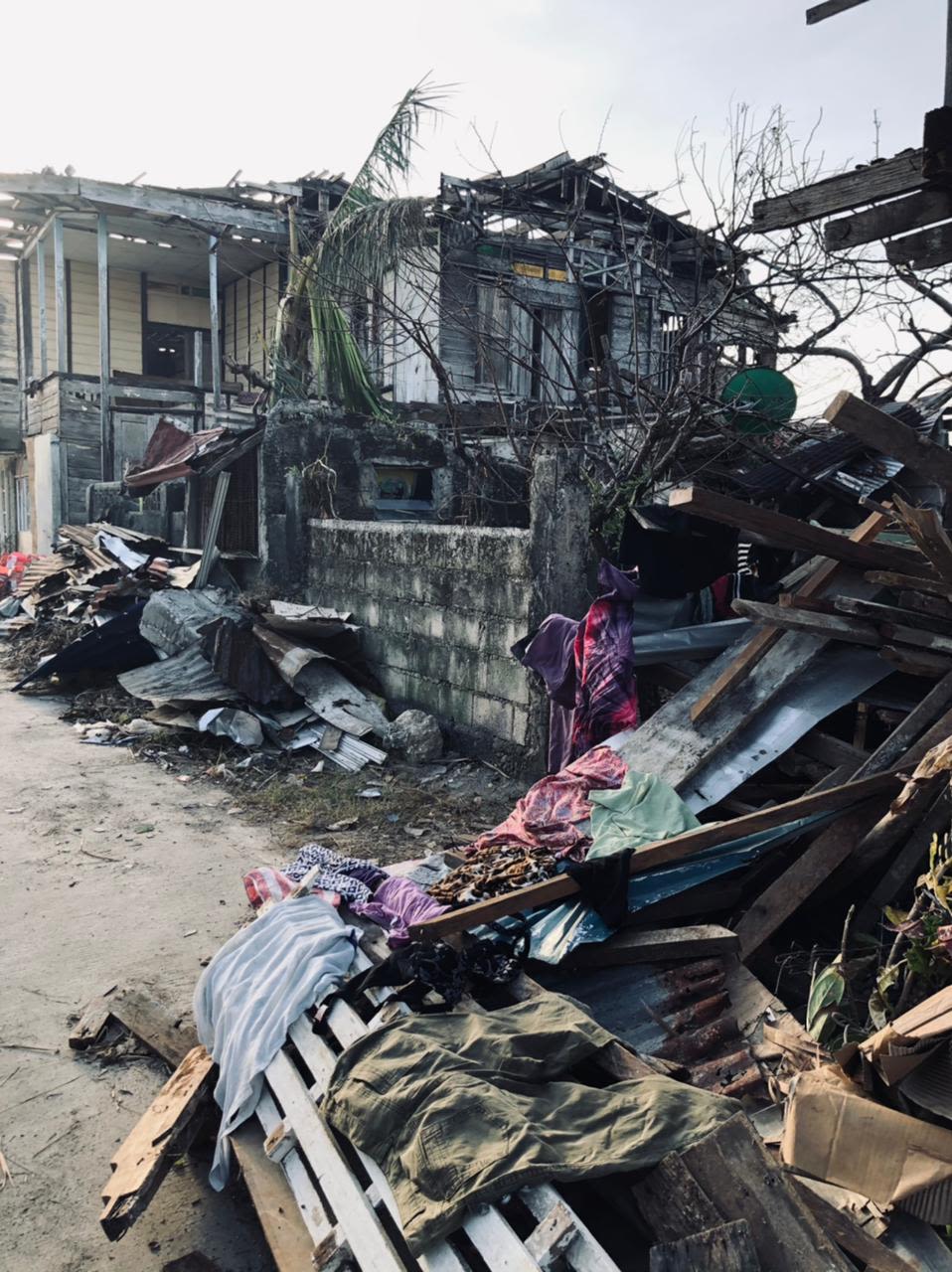
The typhoon left a haunting path of destruction in popular tourist destination Siargao Island. Image: Albert Lozada / Greenpeace
The typhoon left a haunting path of destruction in popular tourist destination Siargao Island. Image: Albert Lozada / Greenpeace
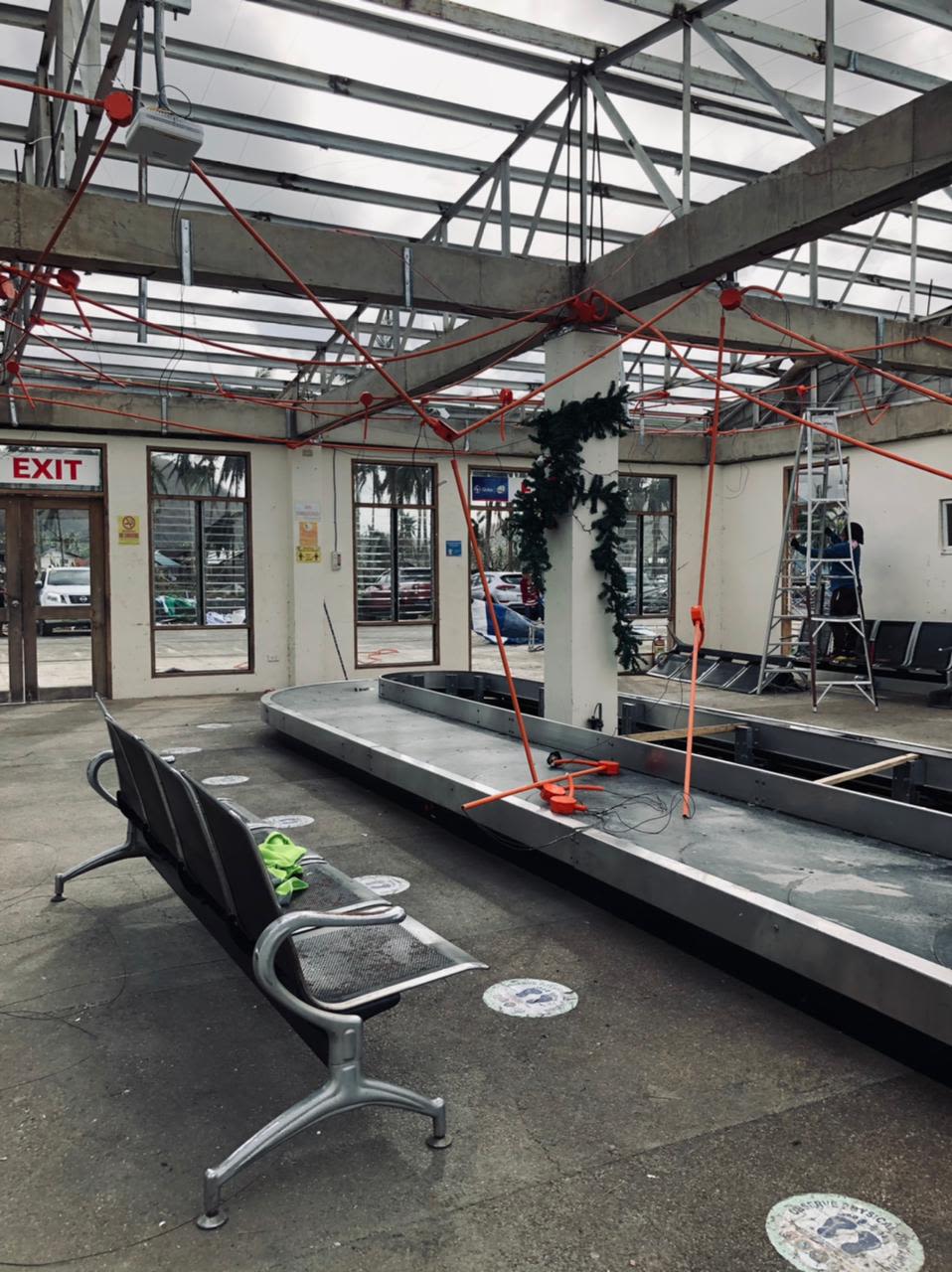
An empty luggage conveyor belt and temporary reinforcements to hold up the roof can be seen in the Siargao airport. Image: Albert Lozada / Greenpeace
An empty luggage conveyor belt and temporary reinforcements to hold up the roof can be seen in the Siargao airport. Image: Albert Lozada / Greenpeace
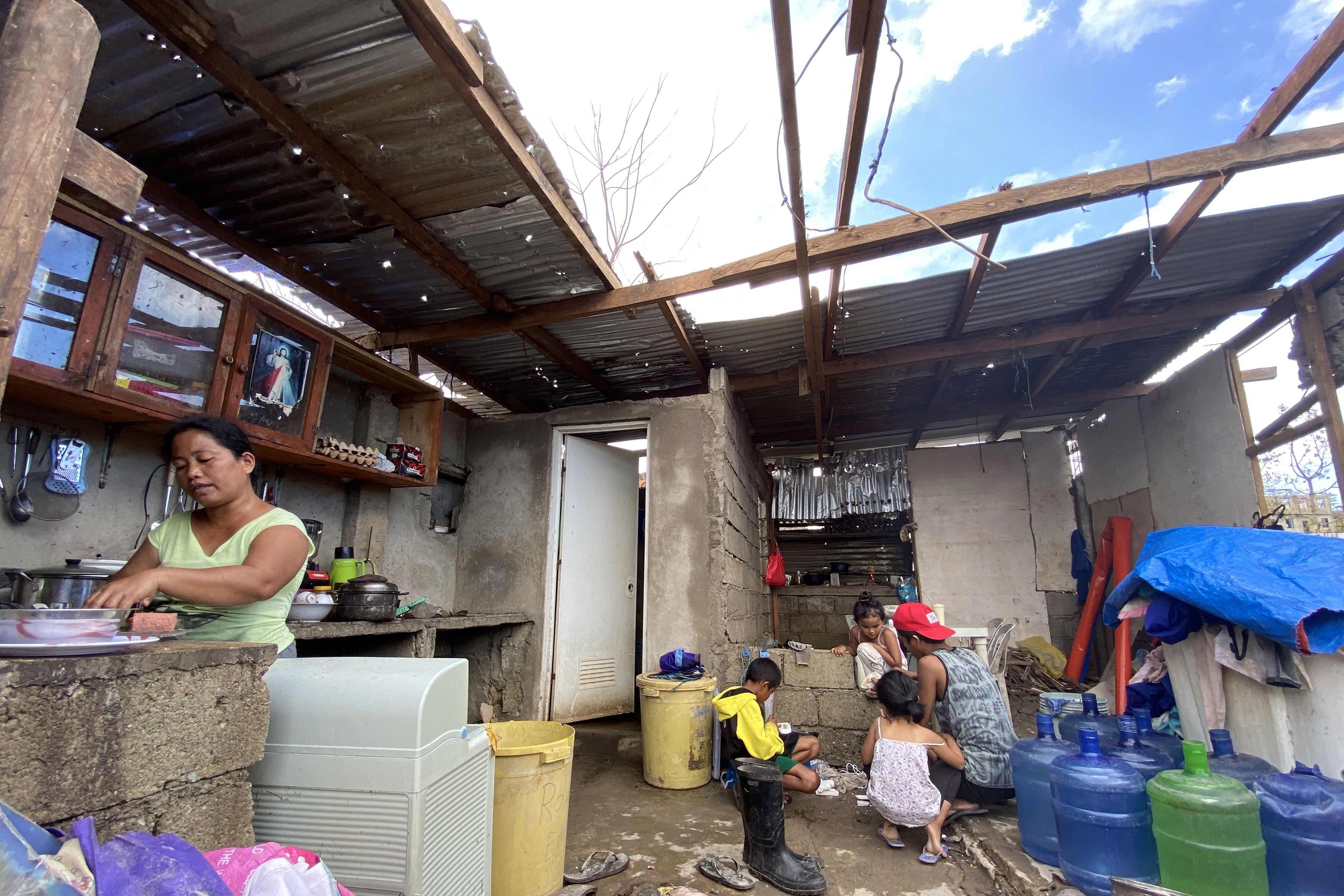
A woman prepares a meal for her children after the typhoon retreats. In Barangay Lipata where her family is located, homes were wrecked by the storm and many were left without a proper roof cover. Image: Erwin Mascareñas / Greenpeace

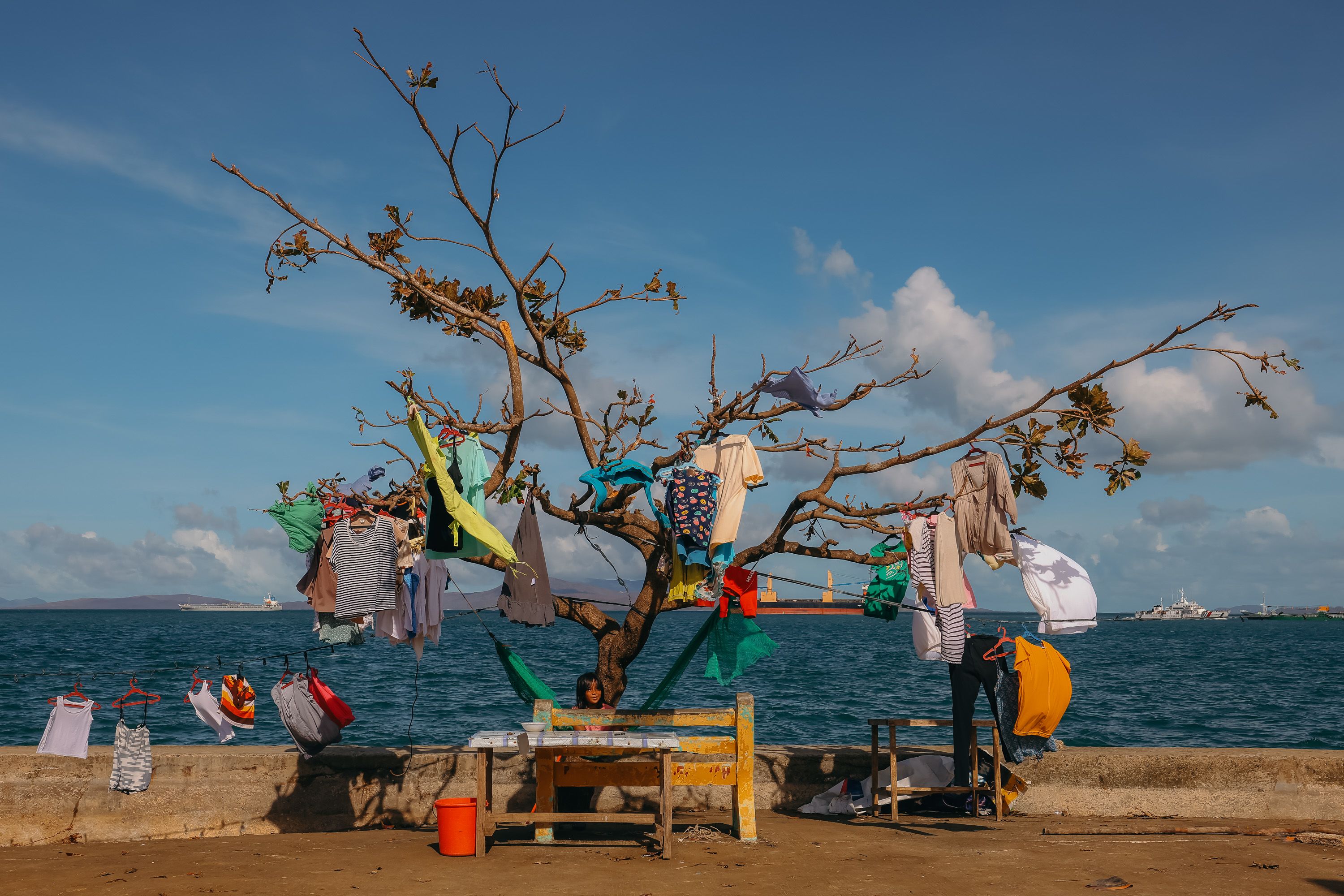
A tree by the seashore is transformed into a temporary clothes rack as residents whose houses were torn apart by the strong winds hang their clothes on its branches for drying.
Image: Jilson Tiu / Greenpeace

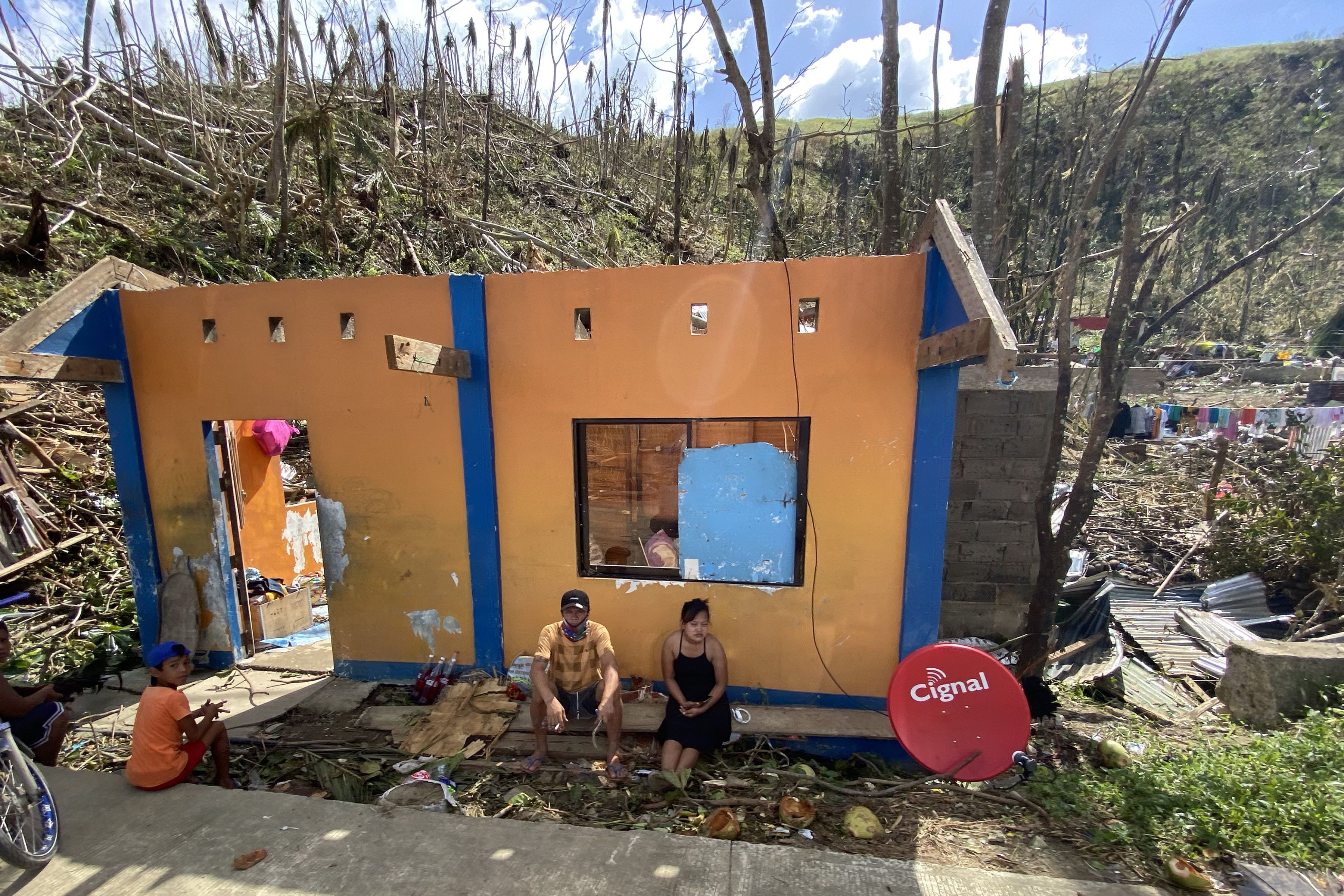
A family sits outside their damaged home in Surigao City. Only one side of the house's walls stands.
Image: Erwin Mascareñas / Greenpeace


Stranded people disregard the Covid-19 pandemic protocols to get their share of rice and noodle rations under a large shed in Barangay San Juan. Supplies had run dry and some residents went without food relief for up to five days.
Image: Erwin Mascareñas / Greenpeace

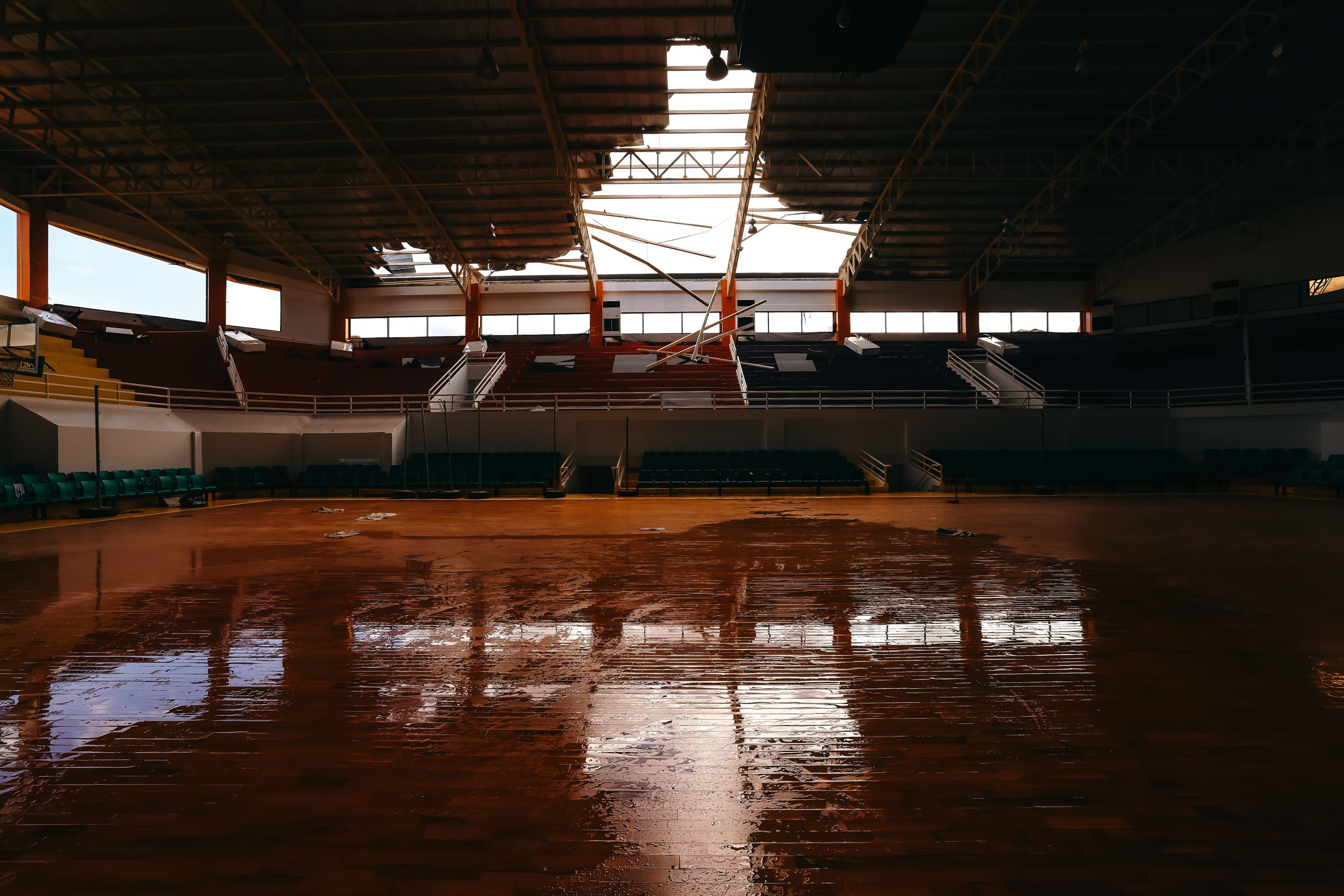
Public gyms and sports facilities were devastated during the height of the typhoon. This stadium is left without a complete roof.
Image: Jilson Tiu / Greenpeace

When the typhoon struck, Betty Consuega, a grandmother of three, did what she could to protect her grandchildren. She shielded them when the roof of their house went off and prayed hard for their safety. The family house, located in the outskirts of the Surigao City Airport, is now roofless and dilapidated.
According to a tally conducted by the United Nations Office for the Coordination of Humanitarian Affairs after the typhoon, a total of 159,842 houses are reportedly damaged and the numbers are expected to increase. There were as many as 208 municipalities with power outages and 75 flooded areas in 10 affected regions. Farmers were severely affected and suffered heavy losses.
In some provinces, evacuation centres were also destroyed. Rescue agencies have been appealing for tents and construction materials for use in rebuilding. Residents, desperate to restart their lives, are making use of recycled material or any remnants that they can find to replace their roofs and repair their houses. Some are temporarily staying in makeshift shelters made from salvaged material.
The International Federation of Red Cross (IFRC) and Red Crescent Societies in the Philippines have made an emergency appeal for US$22 million to fund urgent relief and recovery efforts.
The Philippines sits on a typhoon belt and is typically hit by an average of 20 storms each year. One question that has emerged, and that has become more urgent, as climate change continues to fuel extreme weather, is whether residents should ultimately retreat from the disaster-prone areas. Scientists have warned that typhoons are strengthening more rapidly as the world becomes warmer.
Images: Jilson Tiu / Greenpeace
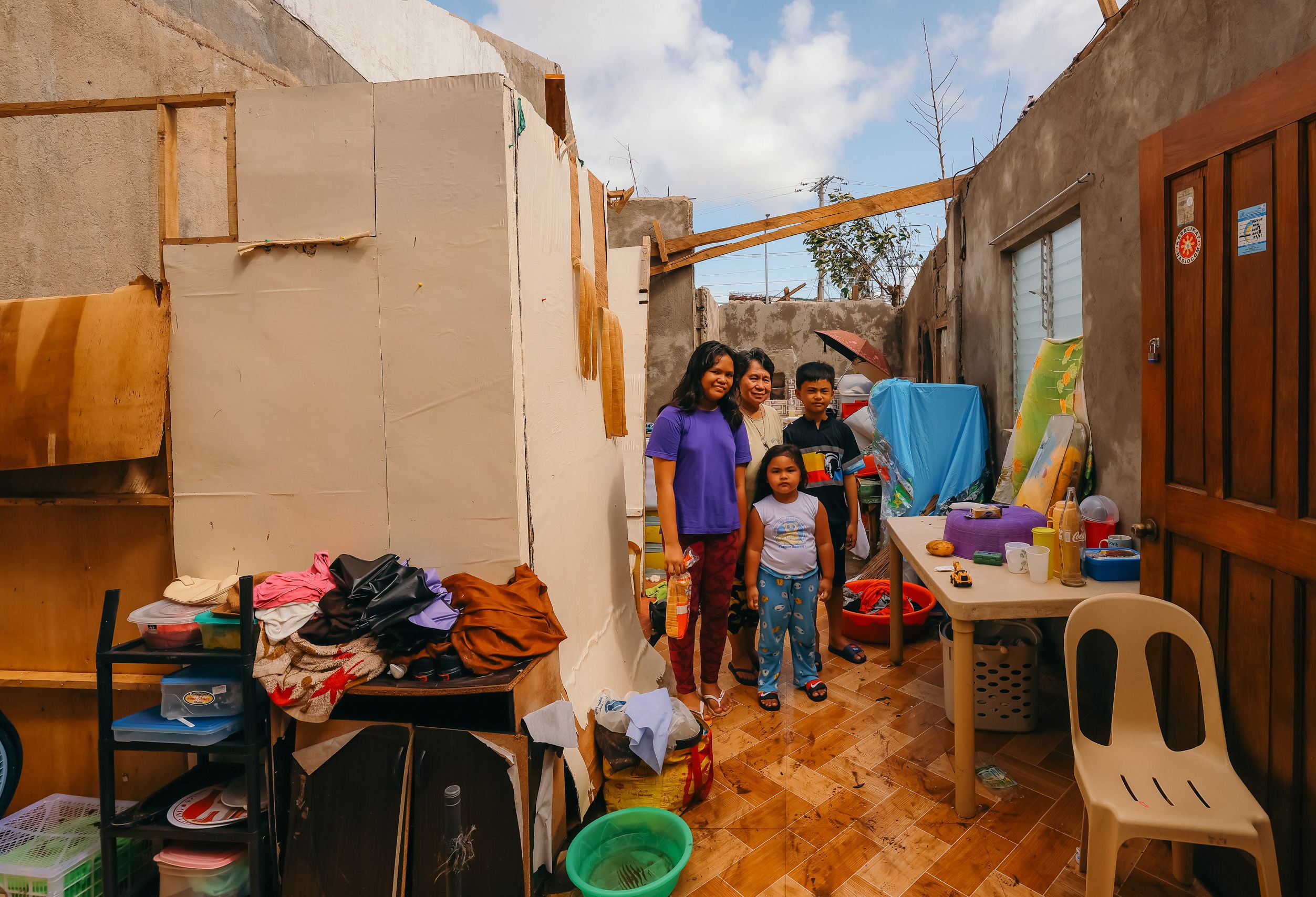
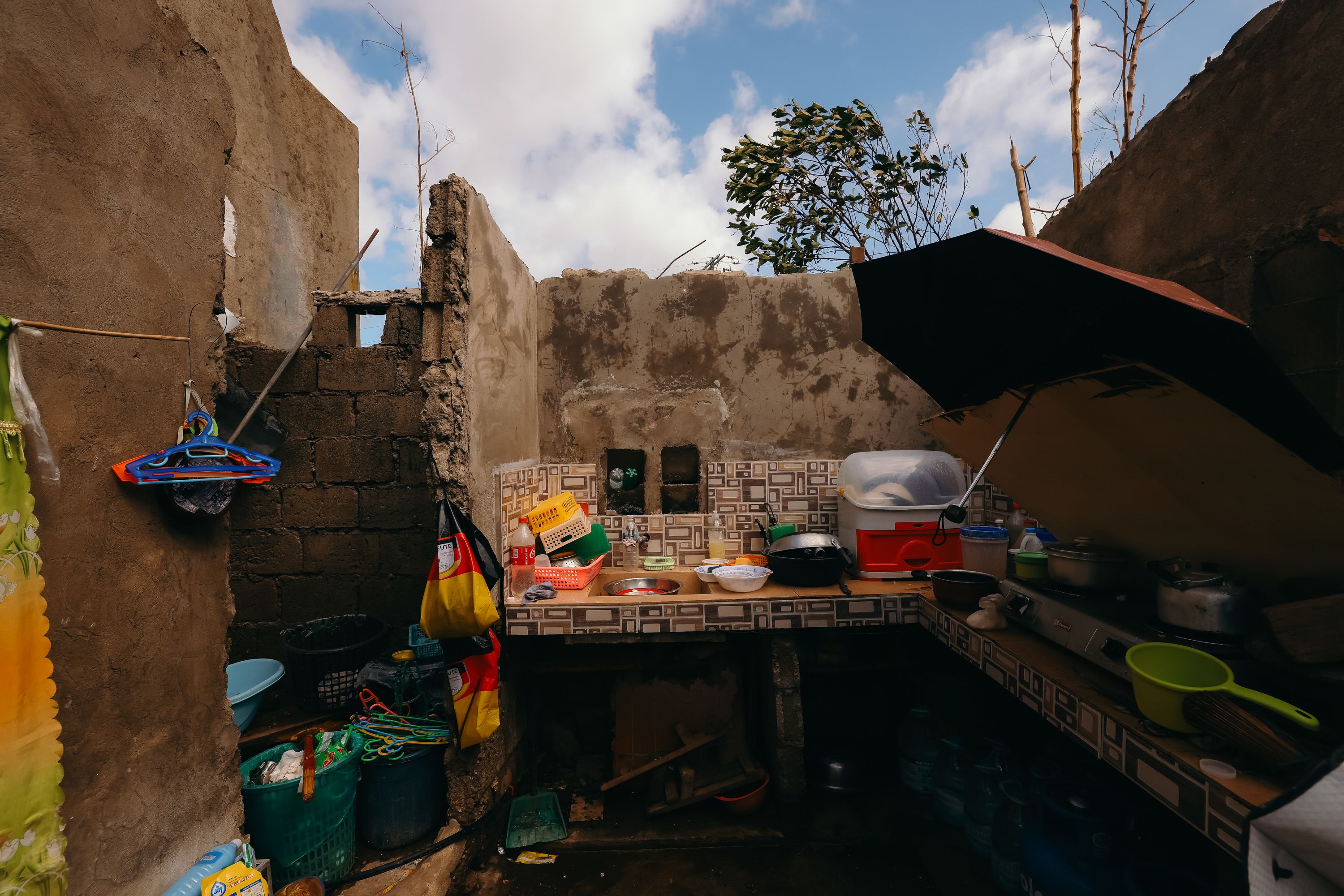
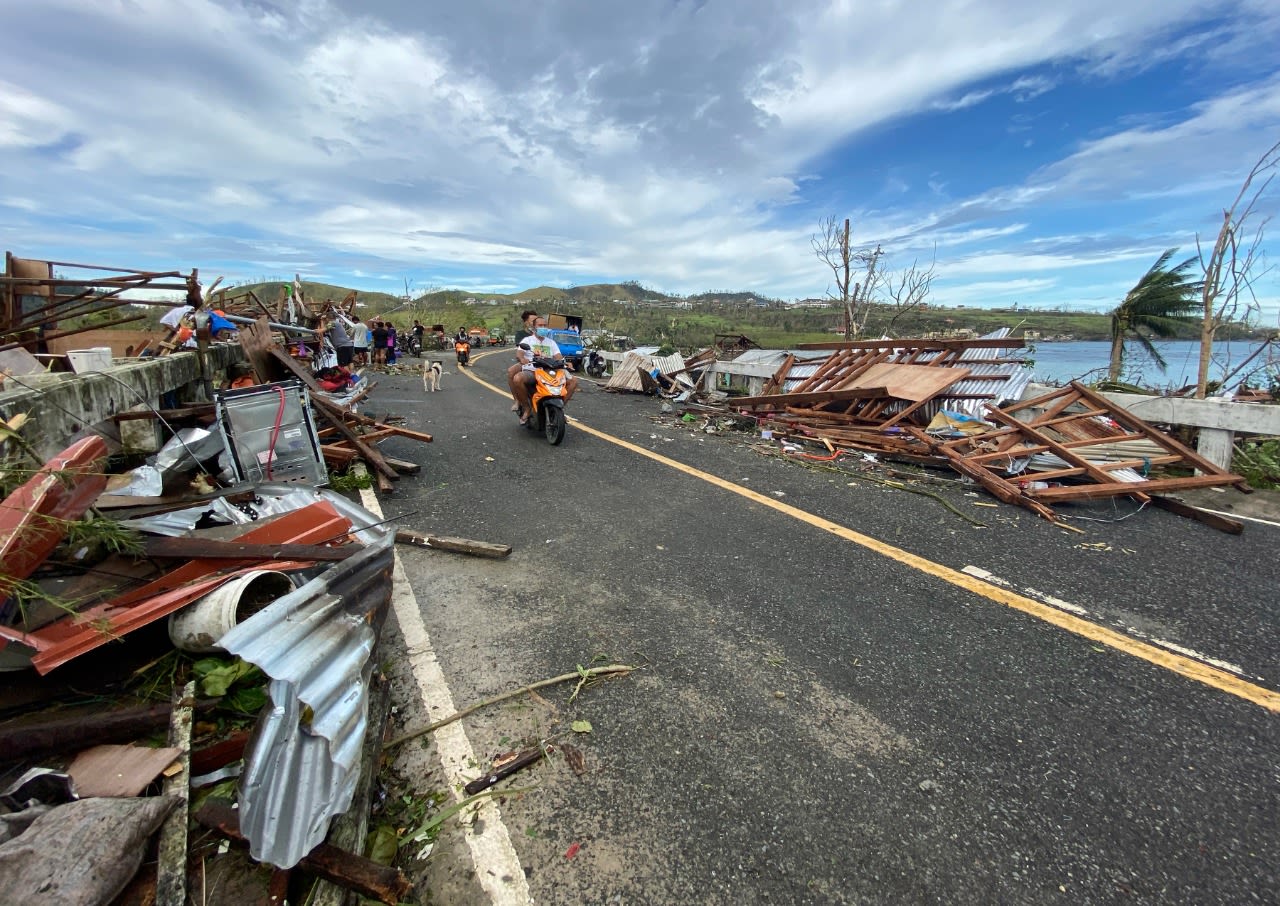
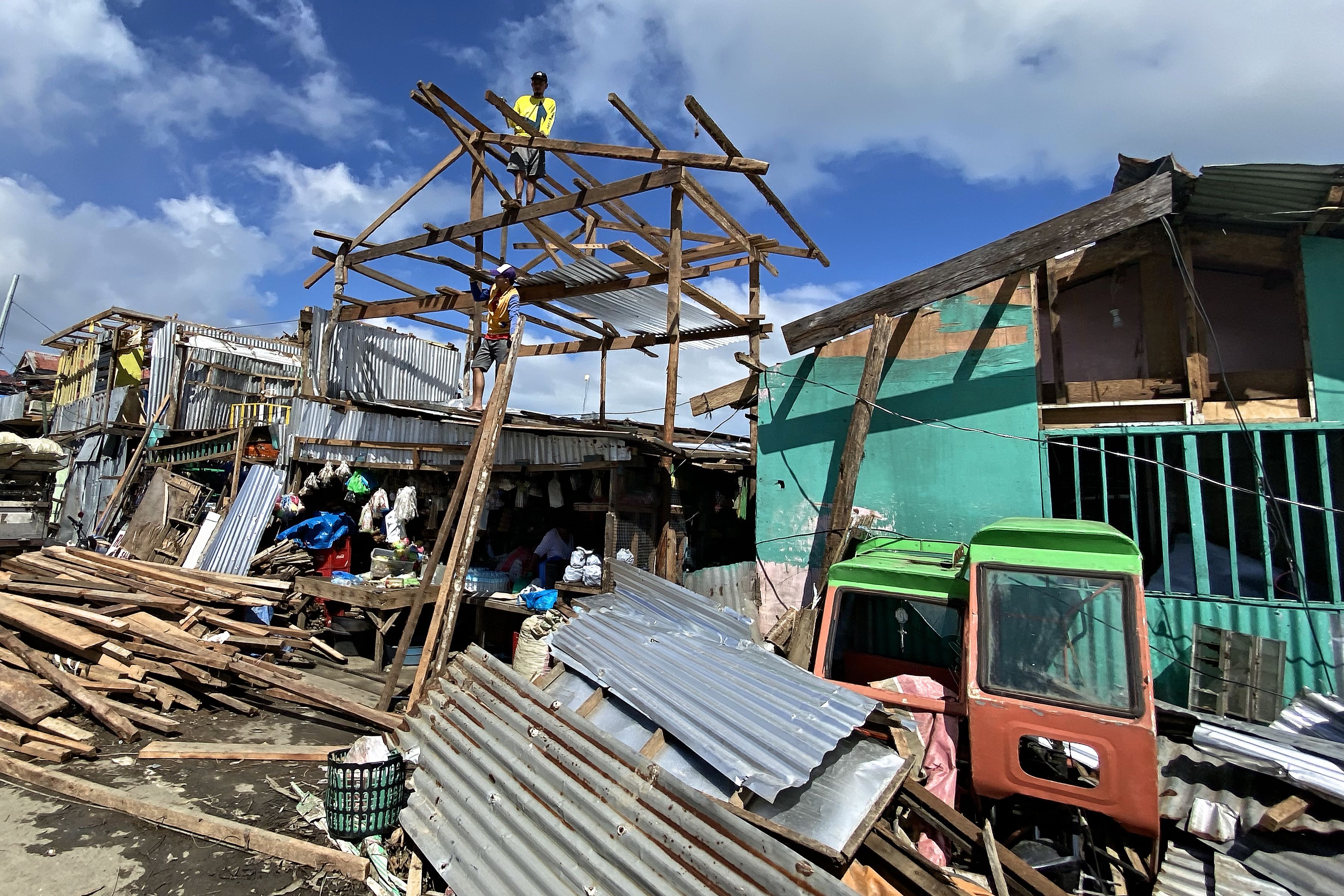
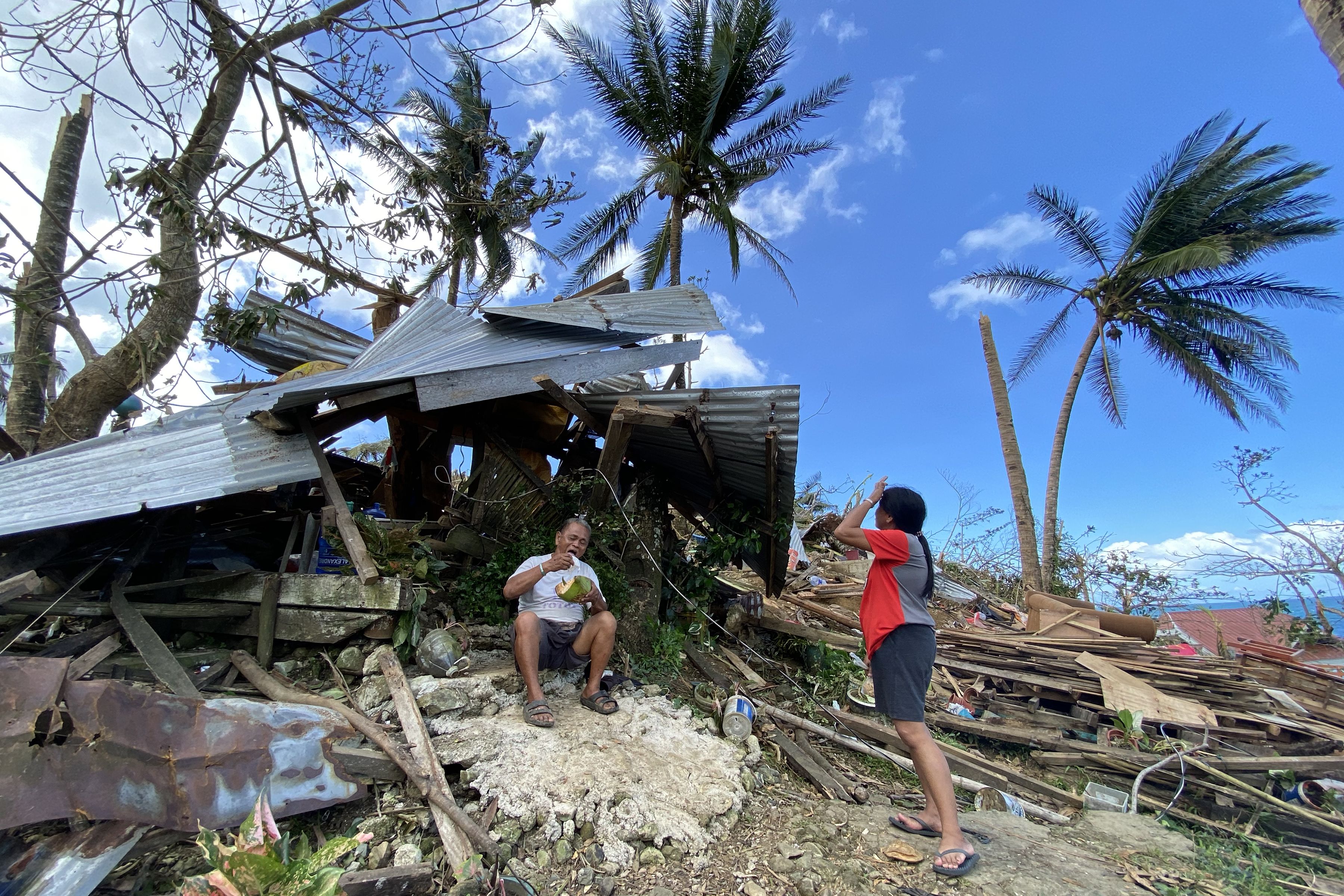



Whole communities will need time to recover from the trauma and devastation caused by Typhoon Rai. Images: Erwin Mascareñas / Greenpeace
Whole communities will need time to recover from the trauma and devastation caused by Typhoon Rai. Images: Erwin Mascareñas / Greenpeace
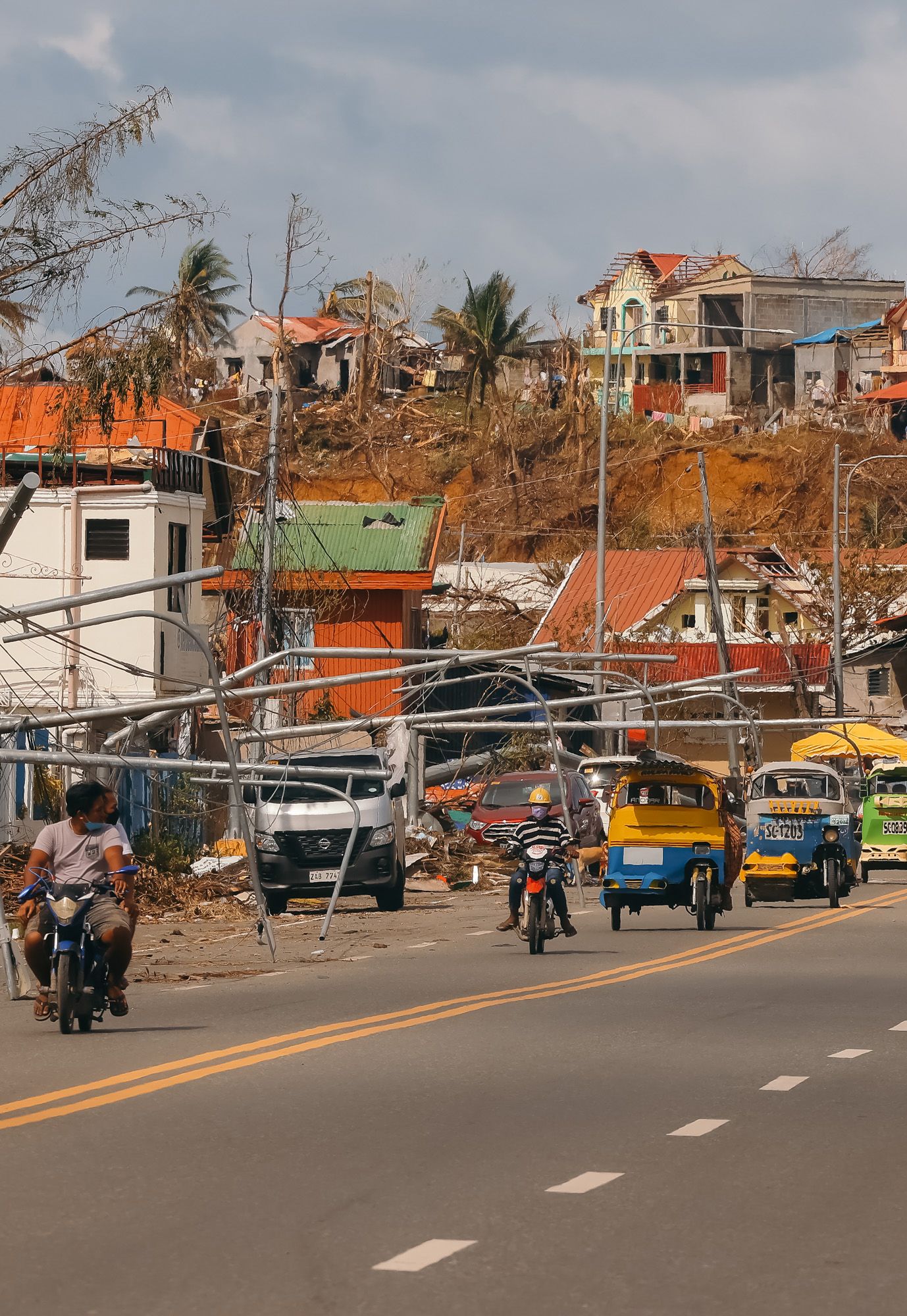
Motorists carefully navigate a street lined with fallen lamp posts. Image: Jilson Tiu/ Greenpeace
Motorists carefully navigate a street lined with fallen lamp posts. Image: Jilson Tiu/ Greenpeace
For now, hundreds of thousands of families likely have to spend the start of a new year in cramped evacuation centres. In severely-hit areas, the smell of death still hangs in the air. With the ongoing pandemic, congested living conditions are not ideal and it is almost impossible for survivors to observe physical distancing. There is also the fear that another typhoon might strike soon.
After Rai’s devastation, the country’s Climate Change Commission called for urgent action at the local level “to build community resilience against extreme climate-related events and minimize loss and damage.”
“As the level of global warming continues to increase,” it said in a statement,“these extreme weather events and other climate impacts are becoming severe, and may be irreversible, threatening to further set back our growth as a nation.”
